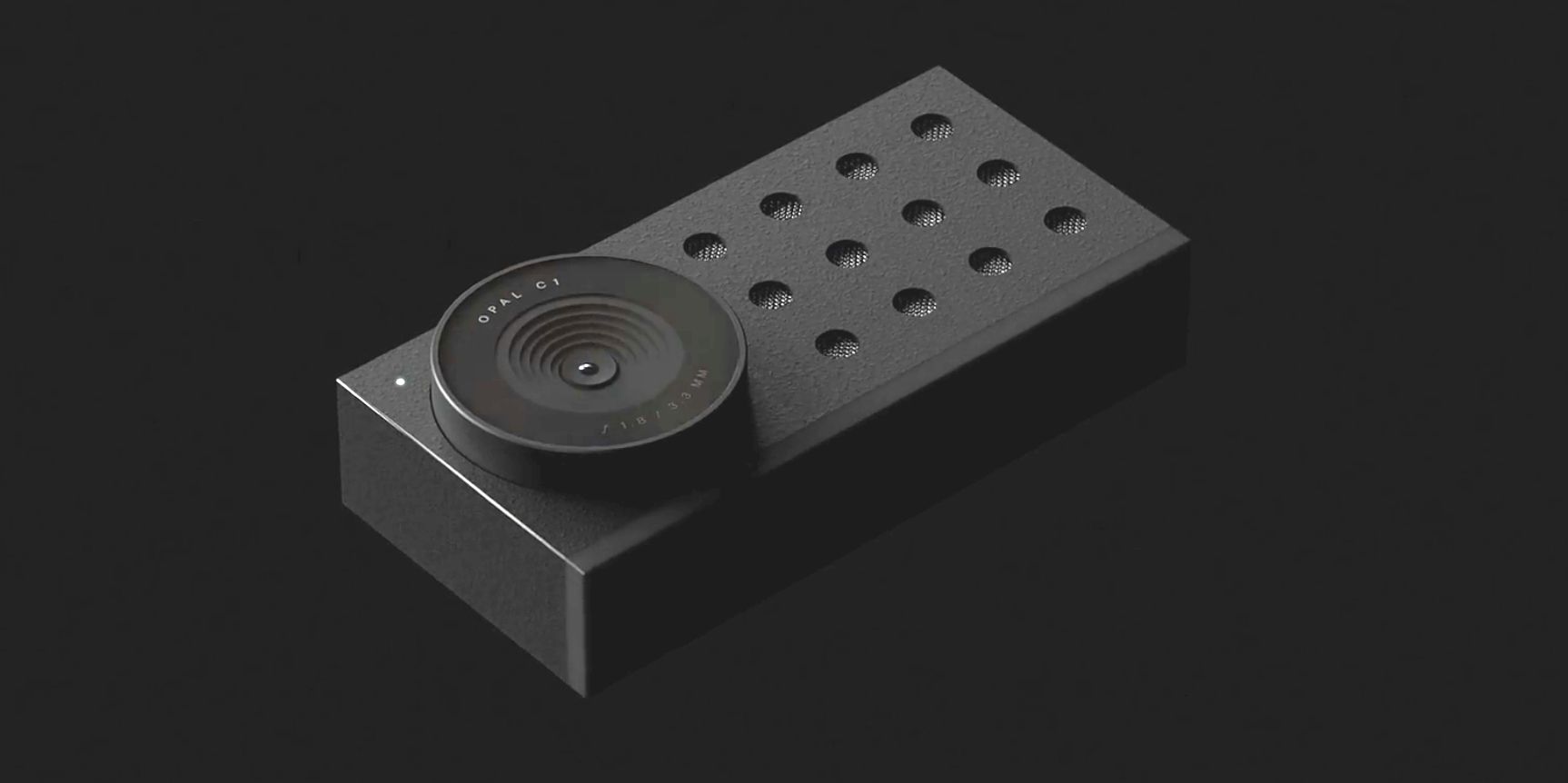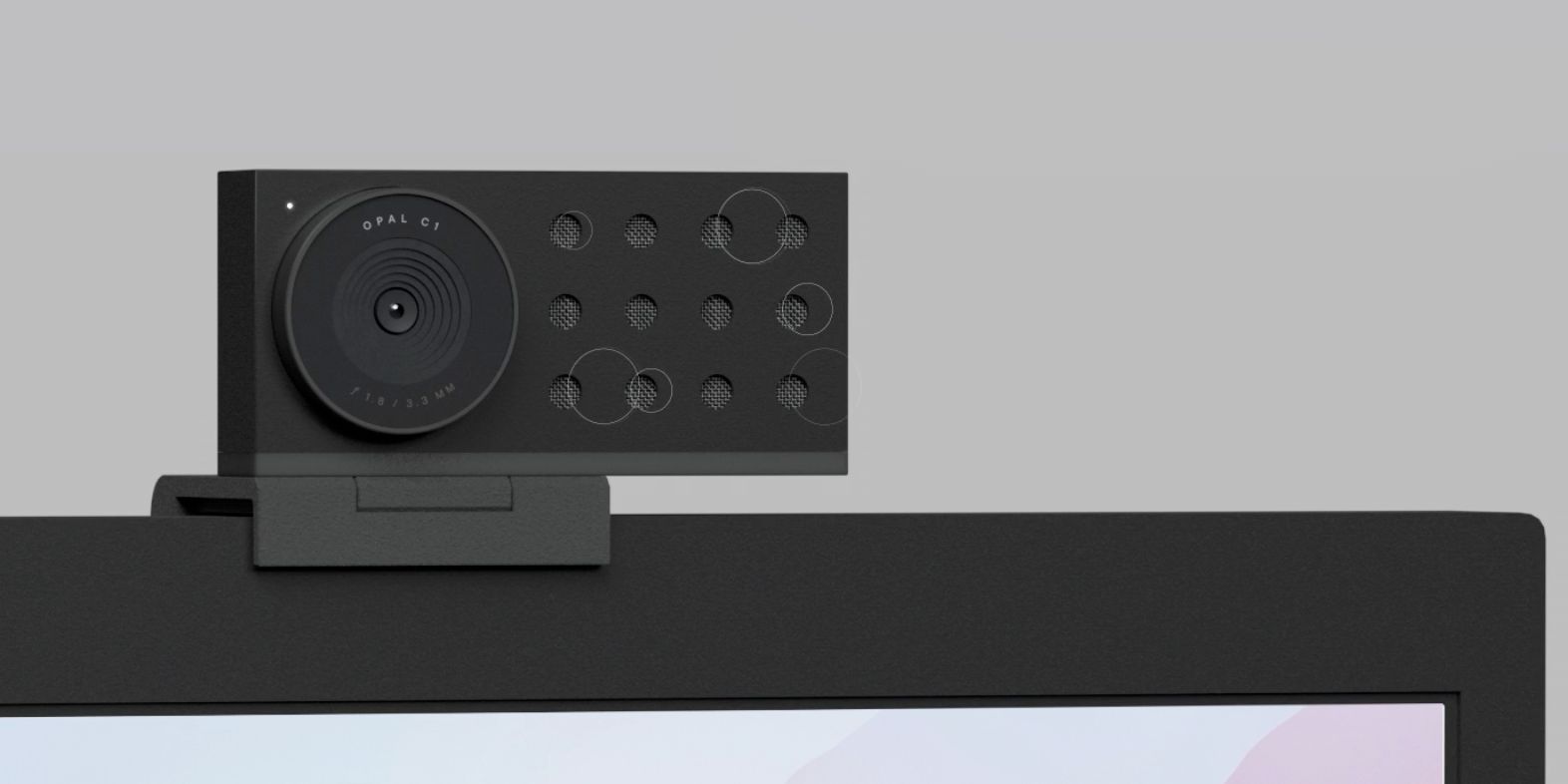
Using a DSLR as a webcam is one way to get better-looking video on a Zoom or Google Meet call — but the Opal C1 looks to be a far better solution. If there's one thing all of us have gotten far too familiar with over the past year and a half, it's video calls. Whether it's for virtual family gatherings, movie nights, weddings, work meetings, school, or just about anything else, video calling services have been a must-use app for so many people.
As convenient as these applications are, the hardware so many people rely on to interact with them often leaves a lot to be desired. Be it a built-in webcam on a laptop or a third-party one someone bought off Amazon; most webcams range from mediocre to terrible. They're low-resolution, have virtually zero depth of field, and are all but impossible to escape. Or are they?
Reddit co-founder Alexis Ohanian recently Tweeted a picture of a mysterious new webcam he received as part of a hardware beta. The webcam is called the Opal C1, and it's from a company comprised of former Apple, Beats, and Uber employees. Ohanian says Opal is "reviving a forgotten corner of consumer tech" and that the quality of the webcam is "mind blowing." Taking a quick look at Opal's website, it's easy to see what Ohanian is so impressed.

Opal claims the C1 is the first webcam to offer "DSLR technology," and reviewing some of the webcam's highlights, that certainly seems to be the case. The Opal C1 features an f/1.8 aperture and six-element glass — allowing it to bring in 2.4x more light compared to other webcams. It also utilizes a 7.8mm mirrorless Sony sensor with native 4K resolution (4056 x 3040) shot at 60fps. Ensuring the audio experience is just as impressive, the Opal C1 uses something called 'MicMesh.' It's an array of beamforming microphones that can hone in on someone's voice while ignoring unwanted background sounds (such as a dishwasher, TV, barking dog, etc.). Powering all of this a 14nm Intel VPU and Opal's own Opal Trillium microchip. In Opal's own marketing phrasing, that Trillium chip enables "never-before possible computational photography on a webcam."
And then there's the software experience. After plugging in the Opal C1 into a Mac, it's controlled with the Opal companion app. This enables a wide array of additional controls, including brightness, white balance, bokeh, and more. There's also a 'Touch up' feature that uses facial recognition tech to "gently soften pesky pixels and let you look your best."
It's impossible to make any final judgments on the Opal C1 without having actually used it. Based on what's shown on the company's website, however, it looks beyond impressive. The camera tech sounds promising, the companion software looks just as good, and the actual design of the C1 is downright gorgeous. The $300 price tag certainly isn't for everyone, but for the person who spends a good chunk of their week on video calls for work or school, that's money well-spent in 2021. Right now, the biggest downside to Opal C1 is its availability. The camera is currently limited to an invite-only system. Folks can sign up with their email to get an invitation to purchase, though there's no word on how long it'll take for that invite to come through.
Source: Alexis Ohanian, Opal
from ScreenRant - Feed https://ift.tt/38TsXHJ



0 Comments